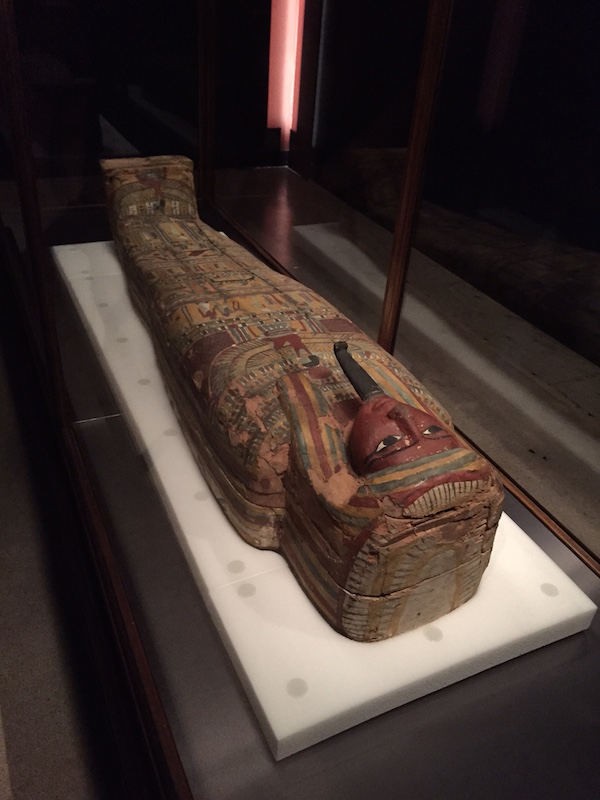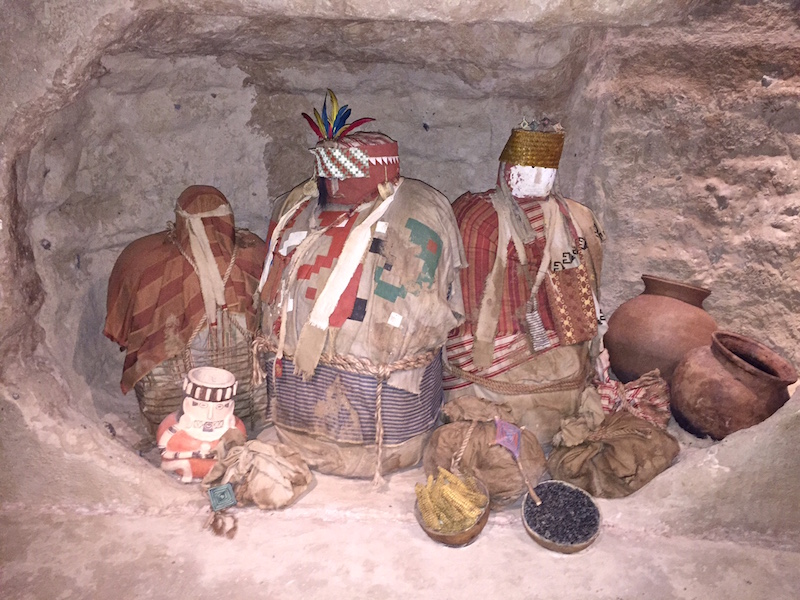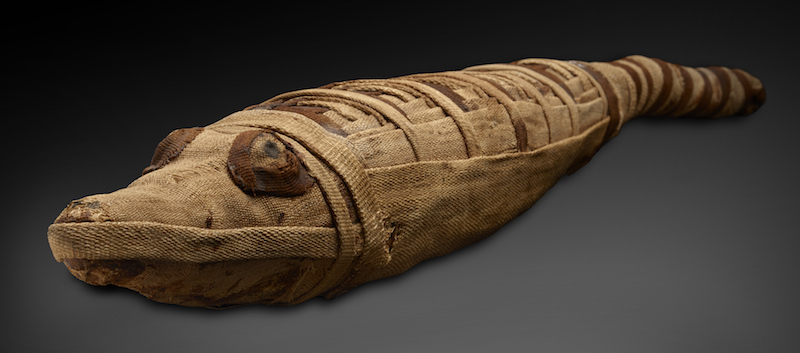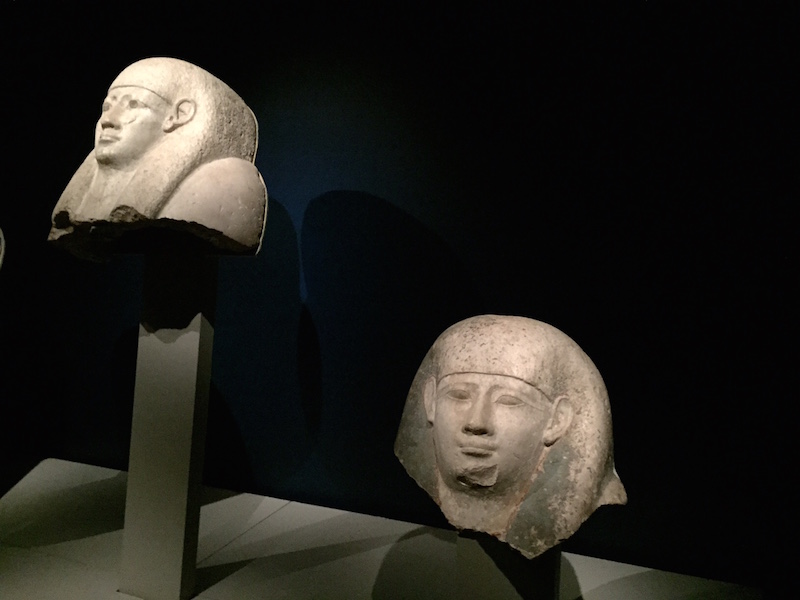As summer turns to fall, our thoughts may shift to school, football, or—especially if you are a kid—Halloween! Somehow this fun, once-minor holiday has gradually morphed into a major phenomenon in the United States, and your children may already be dreaming of mountains of candy and mulling over what to wear to the school parade or while trick-or-treating. Now the Minions may be popular, but we’re betting the costume of choice this year in LA will be…mummies! Here’s why: from September 18, 2015 through January 18, 2016, the Natural History Museum is hosting the world premiere of the exhibition Mummies: New Secrets from the Tomb. Organized by Chicago’s acclaimed Field Museum, the exhibition offers the chance to get up-close-and-personal with their preeminent collection of mummies, which has never before left the museum.
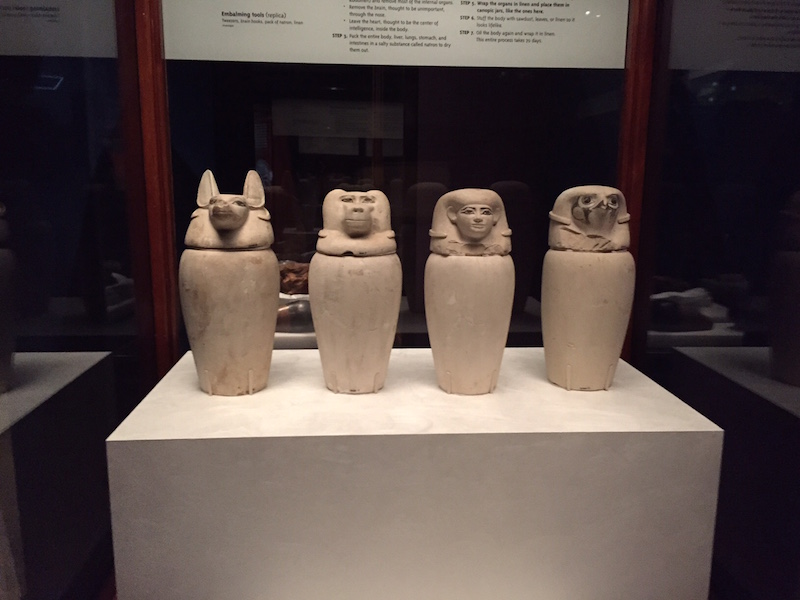 The exhibition features nineteen mummies from ancient Peru and Egypt, and centers on how new scientific technologies have shed light on these societies and how they prepared their dead for the afterlife. In addition to a range of mummies—including one of the world’s oldest, a woman from Pre-Dynastic Egypt covered in reeds and fur—the exhibition features archaeological treasures including stone sarcophagi fragments, mummified heads and trophy skulls, and beautifully carved limestone canopic jars that were used by the ancient Egyptians during the mummification process to store and preserve the deceased’s organs for the afterlife.
The exhibition features nineteen mummies from ancient Peru and Egypt, and centers on how new scientific technologies have shed light on these societies and how they prepared their dead for the afterlife. In addition to a range of mummies—including one of the world’s oldest, a woman from Pre-Dynastic Egypt covered in reeds and fur—the exhibition features archaeological treasures including stone sarcophagi fragments, mummified heads and trophy skulls, and beautifully carved limestone canopic jars that were used by the ancient Egyptians during the mummification process to store and preserve the deceased’s organs for the afterlife.
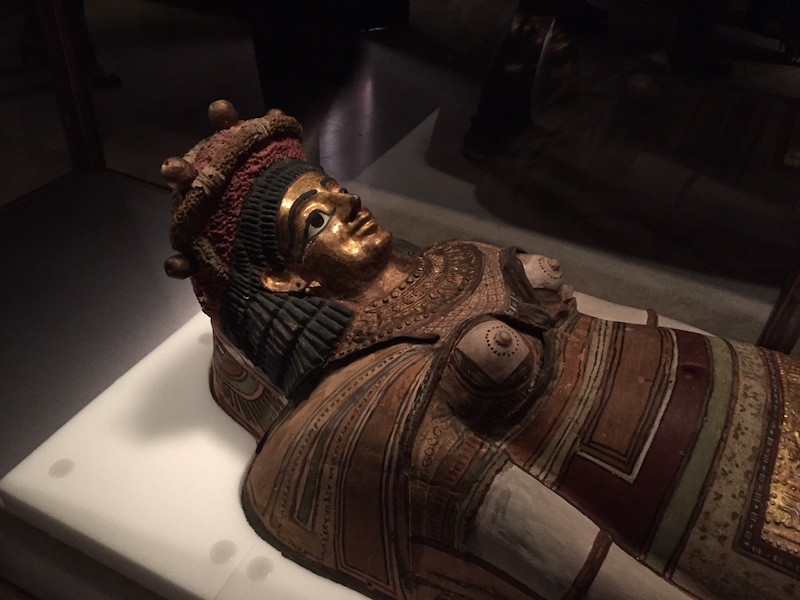 Mummies shows how museum scientists have cleverly utilized CT scans to examine mummies in their collection—and 3-D prints to make replicas of some of the contents—all without resorting to the hazardous process of unwrapping the fragile specimens. What the scans reveal is simply amazing: the age of the deceased, the design of sculptures and others burial objects entombed with them, and even the mummy’s hairstyles!
Mummies shows how museum scientists have cleverly utilized CT scans to examine mummies in their collection—and 3-D prints to make replicas of some of the contents—all without resorting to the hazardous process of unwrapping the fragile specimens. What the scans reveal is simply amazing: the age of the deceased, the design of sculptures and others burial objects entombed with them, and even the mummy’s hairstyles!
The exhibition unfolds in two main sections, Peru and Egypt, to discuss and contrast who in inside the wrappings as well as the burial techniques of the different cultures. Visitors may be surprised to learn that the world’s oldest mummies, some 7,000 years old, come not from Egypt, but from ancient Peru and Chile.
The first Peruvian mummies were created intentionally through an elaborate method that involved flaying the bodies, and later Peruvians simplified the process by utilizing their dry desert climate. Peruvian mummies were generally not embalmed, sat in a crouched position, and were bundled up in fabric and topped with false, decorative heads. Most were buried in accessible pits, and in some cases, such as with the Chancay peoples, families would regularly visit the tombs to replenish food and drink offerings to relatives.
In contrast, Egyptians started making mummies about 5,500 years ago. The first Egyptian mummies were created by accident, when bodies were buried under hot, dry sand. Later, Egyptians developed a much more elaborate mummification process, in which embalmed bodies lay flat. These mummies were then encased in wood coffins—like some of the elaborately painted and gilded ones on display—then placed in stone sarcophaguses, and finally buried in tombs that the ancient Egyptians took great pains to seal forever and guard from thieves.
The ancient Egyptians even mummified animals! Archaeologists have uncovered cemeteries containing millions of animal mummies. It is believed that these mummies were not pets, but rather animals that were raised in large quantities to be mummified and used as religious offerings. The exhibition includes mummies of a baboon, gazelle, ibis, and a cat, and even a baby crocodile!
Rounding out the exhibition are burial objects from both regions, including ceramic jars, beautiful jewelry, hand-woven textiles, and haunting death masks. Together displayed with the mummies in the darkened, dare we say tomb-like, underground gallery, they provide an impressive, immersive experience that is sure to engage all ages.
The Natural History Museum is open daily from 9:30 am–5 pm. A timed ticket is required for this exhibition. Members’ tickets are free. The cost of admission for others is $22 general, $19 for seniors and students, $10 for children ages 3-12, and free for those ages 2 and under.
CAUTION: This exhibition features mummies from Egypt and Peru. It includes the human remains of adults and children, including some that are unwrapped or exposed.
Natural History Museum // 900 Exposition Boulevard // Los Angeles CA 90007 // 213/763-DINO
Written by Stacey Ravel Abarbanel

